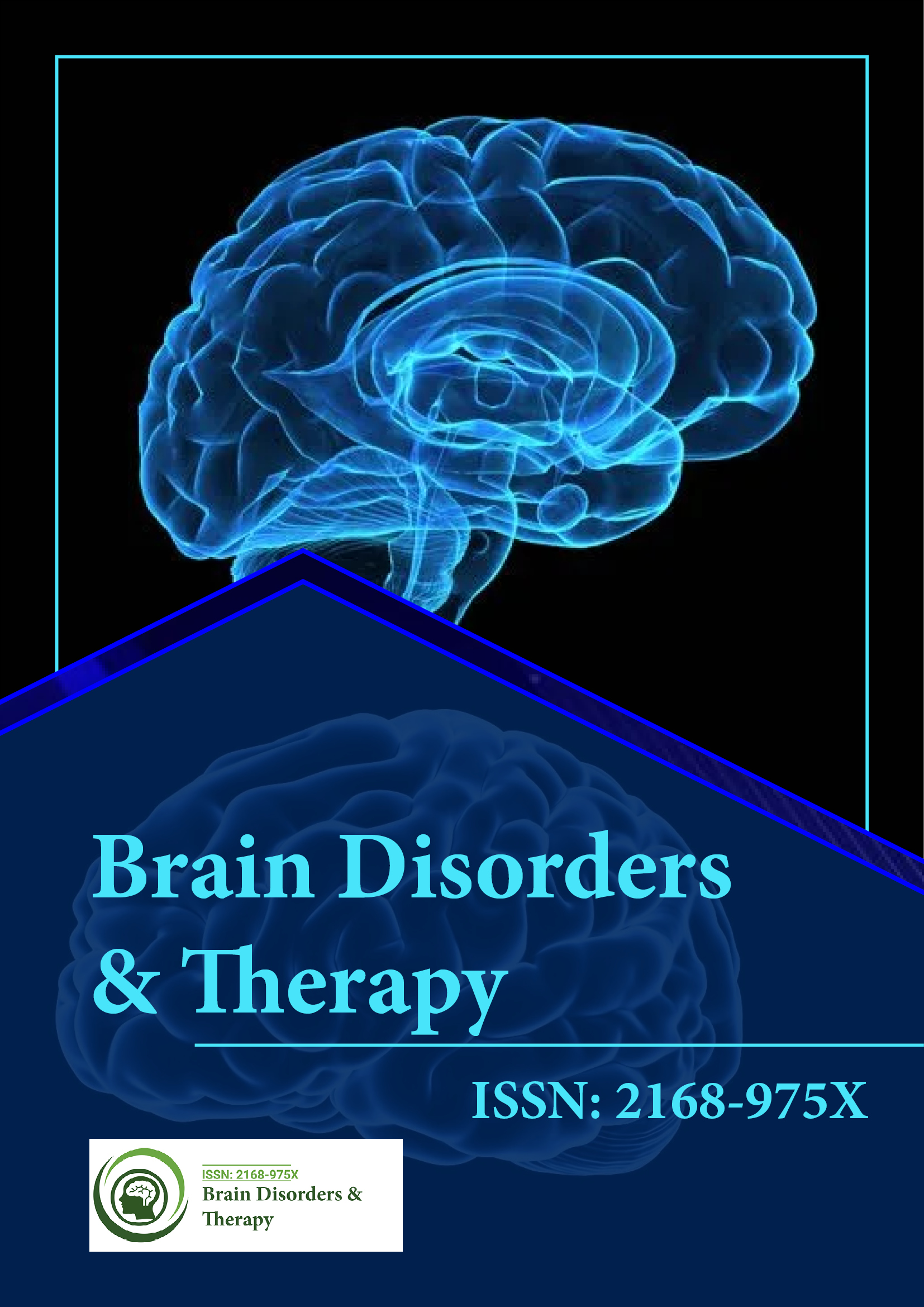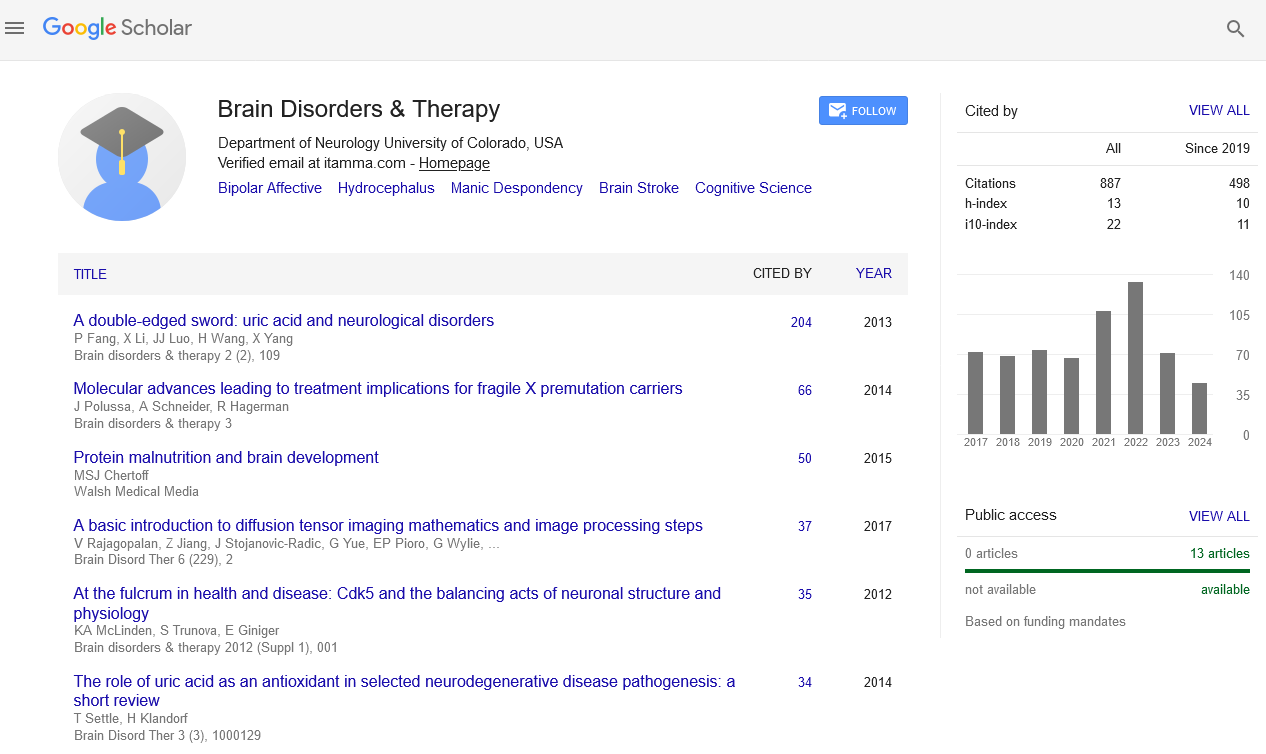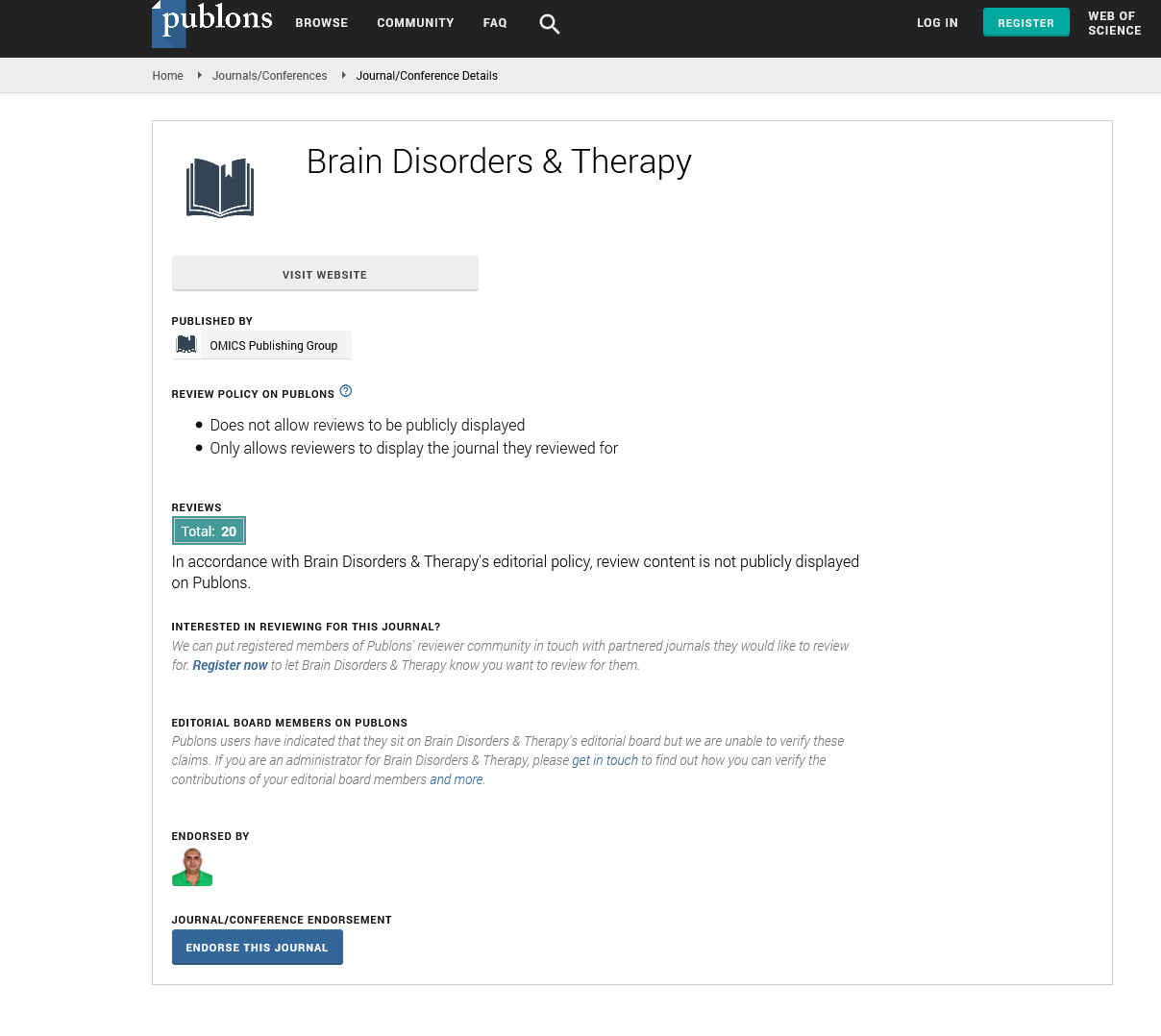Indexed In
- Open J Gate
- Genamics JournalSeek
- JournalTOCs
- RefSeek
- Hamdard University
- EBSCO A-Z
- OCLC- WorldCat
- Publons
- Geneva Foundation for Medical Education and Research
Useful Links
Share This Page
Journal Flyer

Open Access Journals
- Agri and Aquaculture
- Biochemistry
- Bioinformatics & Systems Biology
- Business & Management
- Chemistry
- Clinical Sciences
- Engineering
- Food & Nutrition
- General Science
- Genetics & Molecular Biology
- Immunology & Microbiology
- Medical Sciences
- Neuroscience & Psychology
- Nursing & Health Care
- Pharmaceutical Sciences
Commentary - (2025) Volume 14, Issue 1
Advancing Neuro-Oncology Diagnostics through Deep Learning with ResNet50
Aiden O’Connell*Received: 19-Feb-2025, Manuscript No. BDT-25-28915; Editor assigned: 21-Feb-2025, Pre QC No. BDT-25-28915 (PQ); Reviewed: 07-Mar-2025, QC No. BDT-25-28915; Revised: 14-Mar-2025, Manuscript No. BDT-25-28915 (R); Published: 21-Mar-2025, DOI: 10.35248/2168-975X.25.14.292
Description
The application of deep learning models in medical imaging has revolutionized diagnostic procedures, with Convolutional Neural Networks (CNNs) leading the way in automating complex image classification tasks. Among various architectures, ResNet50 has emerged as a particularly effective model due to its ability to mitigate the vanishing gradient problem through residual learning. The recent deployment of a ResNet50-based model for brain tumor detection in MRI scans marks a potential development in neuro-oncology and medical imaging.
Brain tumors represent one of the most life-threatening and diagnostically challenging conditions in clinical practice. MRI scans are the gold standard for non-invasive brain imaging, providing high-resolution, multi-planar views of cerebral structures. However, interpreting these scans requires considerable expertise and inter-observer variability can affect the consistency and accuracy of diagnosis. This is where deep learning, especially models like ResNet50, provides significant value. By automating tumor detection, such models can serve as decision-support tools that complement radiological expertise and potentially reduce diagnostic delay.
The strength of ResNet50 lies in its architecture, which incorporates 50 layers of convolutional and identity mappings, enabling the model to learn both low-level and high-level features with considerable precision. Residual connections in ResNet50 help retain essential gradient flow, thereby facilitating the training of deeper networks that are capable of learning complex patterns in MRI scans. When trained on adequately annotated datasets, the ResNet50 model can distinguish between tumor and non-tumor tissues with high sensitivity and specificity.
Several recent studies have demonstrated the efficacy of ResNet50 in classifying different types of brain tumors, such as gliomas, meningiomas and pituitary tumors. What sets ResNet50 apart is its robust performance even when trained on relatively small datasets—a common limitation in medical imaging. This is made possible through techniques such as transfer learning, where the model is pre-trained on large, general image datasets and then fine-tuned using MRI-specific data. Data augmentation, batch normalization and regularization methods further enhance its generalization ability.
Nevertheless, the deployment of ResNet50 in real-world clinical settings is not without challenges. One critical concern is the need for large, high-quality and diverse datasets to train models that generalize well across patient populations and imaging equipment. Differences in scanner hardware, imaging protocols and demographic variables can affect model performance. Moreover, the black-box nature of deep learning raises issues of interpretability and trust among clinicians, who must be able to understand and validate the rationale behind automated predictions.
Explainable AI (XAI) techniques such as Grad-CAM (Gradient-weighted Class Activation Mapping) have been introduced to address this concern. These methods generate heatmaps highlighting the regions of the MRI image that contribute most to the model's prediction. When integrated with ResNet50, such tools can enhance model transparency, making it easier for clinicians to cross-verify AI-generated outputs with their own assessments.
Another area of consideration is the regulatory and ethical framework surrounding the use of AI in healthcare. For ResNet50-based tools to be adopted clinically, they must undergo rigorous validation and gain approval from regulatory bodies such as the FDA or EMA. This requires prospective studies that assess not just accuracy, but also the model’s impact on diagnostic workflow, patient outcomes and cost-effectiveness.
Despite these hurdles, the potential of ResNet50 in brain tumor detection is undeniable. It provides a scalable, non-invasive and efficient solution for early and accurate diagnosis, especially in resource-limited settings where radiology expertise is scarce. Furthermore, its adaptability allows for integration into broader diagnostic platforms that incorporate multimodal data, including genomics and clinical history, to support personalized treatment planning.
In conclusion, the ResNet50-based deep learning model represents a significant advancement in the automation of brain tumor detection from MRI scans. While challenges related to data quality, interpretability and clinical integration persist, ongoing research and technological development are likely to overcome these barriers. With appropriate validation and deployment, such models have the potential to become indispensable tools in the early detection and management of brain tumors, ultimately improving patient care and outcomes.
Citation: O’Connell A (2025). Advancing Neuro-Oncology Diagnostics through Deep Learning with ResNet50. Brain Disord Ther. 14:292.
Copyright: © 2025 O’Connell A. This is an open access article distributed under the terms of the Creative Commons Attribution License, which permits unrestricted use, distribution, and reproduction in any medium, provided the original author and source are credited.


